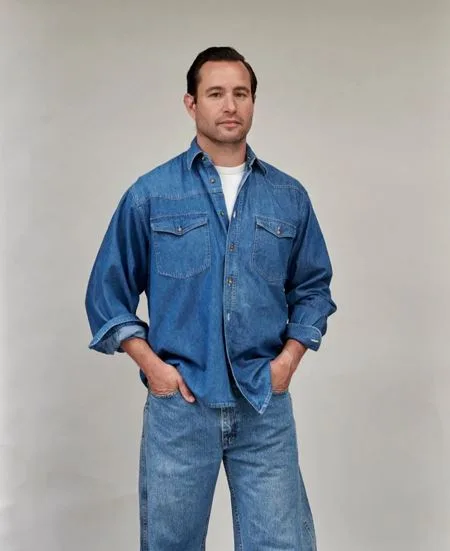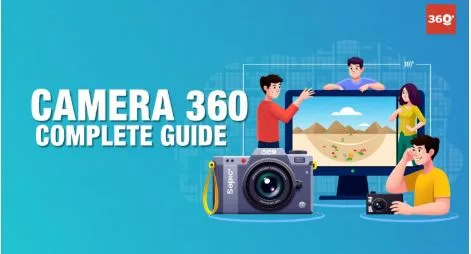Media and the Modern Mind: How Stories Shape Our Reality
Every day, we consume hundreds of pieces of media — videos, headlines, reels, ads, podcasts. They slip into our routines almost unnoticed, shaping what we think, what we desire, and even what we believe. From politics to pop culture, media doesn’t just report on the world — it helps construct it.
Let’s explore how these invisible forces influence our perception, priorities, and the way we live.
1. The Subtle Power of Repetition
One of the media’s strongest tools is repetition. The more we see something, the more familiar — and believable — it becomes. Whether it’s a catchy slogan, a celebrity’s skincare line, or a recurring political narrative, constant exposure gradually normalizes the message.
Advertising experts understand this well. They don’t just sell products; they sell emotions. A perfume ad isn’t about the fragrance — it’s about confidence. A new smartphone isn’t about better tech — it’s about status. Repetition turns ideas into instinct, subtly guiding us toward choices we may never have made on our own.
2. When Media Redefines Norms
Media doesn’t just reflect our culture — it shapes it. Decades ago, what appeared on television or in films helped define what was “normal.” Smoking, for instance, was once associated with glamour and success, often portrayed in stylish black-and-white scenes that romanticized the act.
As more research exposed the health risks associated with smoking, public opinion shifted. Over time, media campaigns began highlighting the dangers of smoking, and regulations were introduced to restrict its portrayal. Eventually, smoking, heated tobacco devices, and other tobacco products disappeared from mainstream media.
This transformation is one of media’s greatest powers — the ability to rewrite social norms. What was once fashionable can become taboo; what was once ignored can become mainstream. The same mechanism that once fueled unhealthy habits now promotes wellness, sustainability, and inclusivity.
3. The Attention Economy and Consumer Behavior
In the digital age, our attention is the most valuable currency. Social media platforms compete for it relentlessly, tailoring ads and content to our browsing habits. The result is personalization so precise that it feels like intuition — but it’s really data.
A single influencer post can launch a global trend overnight. A product that appears in a viral TikTok video might sell out before the day ends. These moments show how deeply the media ecosystem is intertwined with our shopping behaviors — turning impulse into habit and preference into identity.
4. Emotional Engineering and Belief Formation
Media doesn’t simply provide information — it tells stories designed to elicit emotion. Every image, headline, and video is crafted to make us feel something: joy, outrage, envy, belonging. These emotions shape not just what we consume, but what we believe.
In the realm of politics, this emotional storytelling becomes even more powerful. The framing of news stories, the choice of imagery, and the tone of narration all influence our understanding of complex issues. Over time, emotional patterns turn into belief systems, creating deeply ingrained perspectives that are hard to challenge.
5. The Rise of Conscious Media Consumption
Despite its power, media influence isn’t absolute. A new wave of audiences is becoming more self-aware, choosing what to watch, follow, and believe with greater intention. People are seeking authenticity — turning to creators and brands that represent transparency, diversity, and purpose.
Educational influencers, mental-health advocates, and independent journalists are reshaping the media landscape by prioritizing truth and empathy over clickbait. This conscious consumption marks a cultural shift — from passive viewers to active participants.
6. The Mirror Effect: Media as Reflection and Catalyst
Ultimately, media acts as both a mirror and a magnifier. It reflects our desires, fears, and values — but also amplifies them, sometimes distorting the reflection. The images we see shape what we aspire to, the debates we follow define our social identities, and the stories we share help spread cultural change.
Recognizing this duality is the first step toward balance. When we understand that every piece of content carries intention, we can navigate media with awareness rather than absorption.
Conclusion: Awareness in the Age of Influence
We live in an era where our decisions are guided less by quiet reflection and more by curated feeds. Yet the same media that manipulates can also empower — inspiring us to learn, connect, and take action.
By staying curious and questioning what we see, we regain control of the narrative. The power isn’t in turning off the media but in learning to see through it — understanding its design, motives, and potential. In doing so, we become more than consumers of content; we become conscious creators of our own beliefs, habits, and choices.


